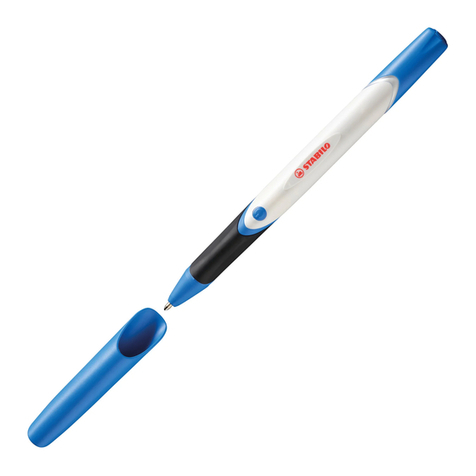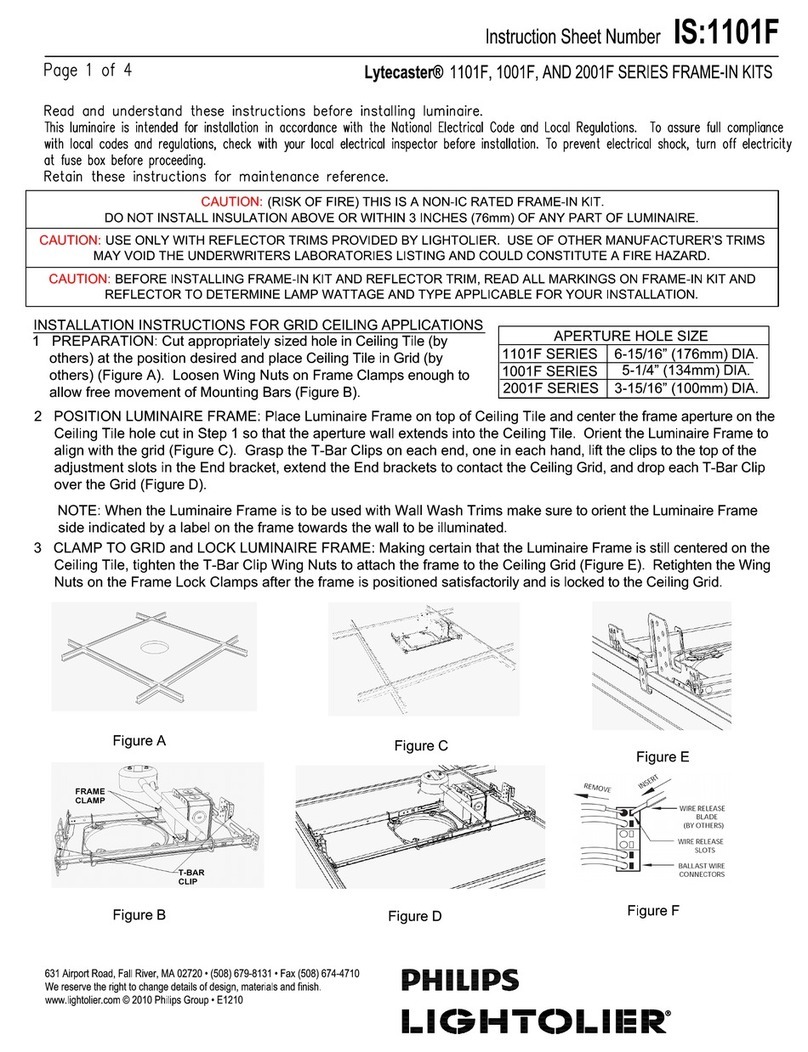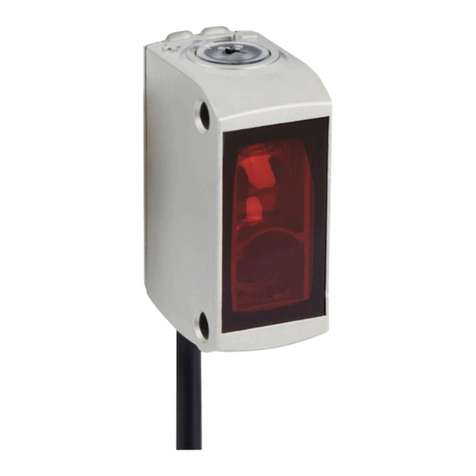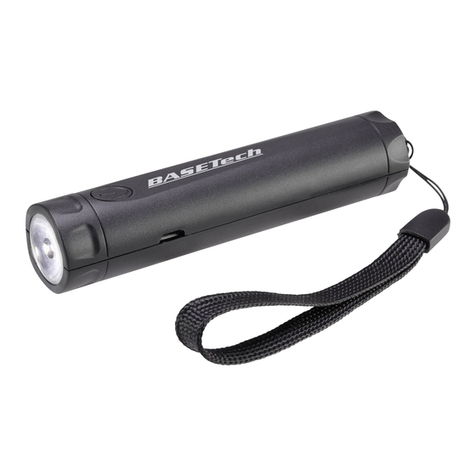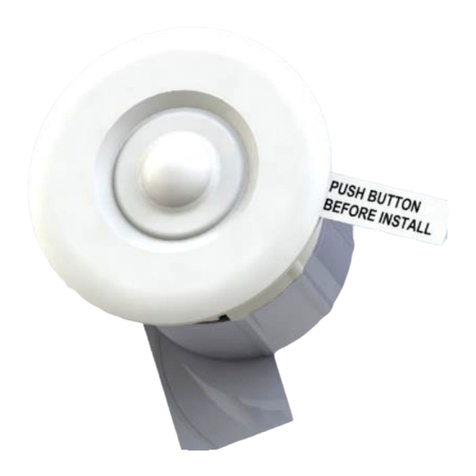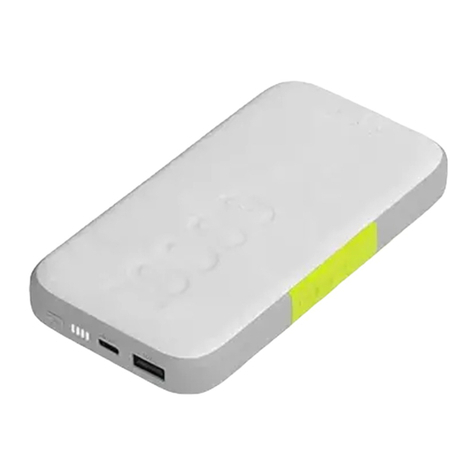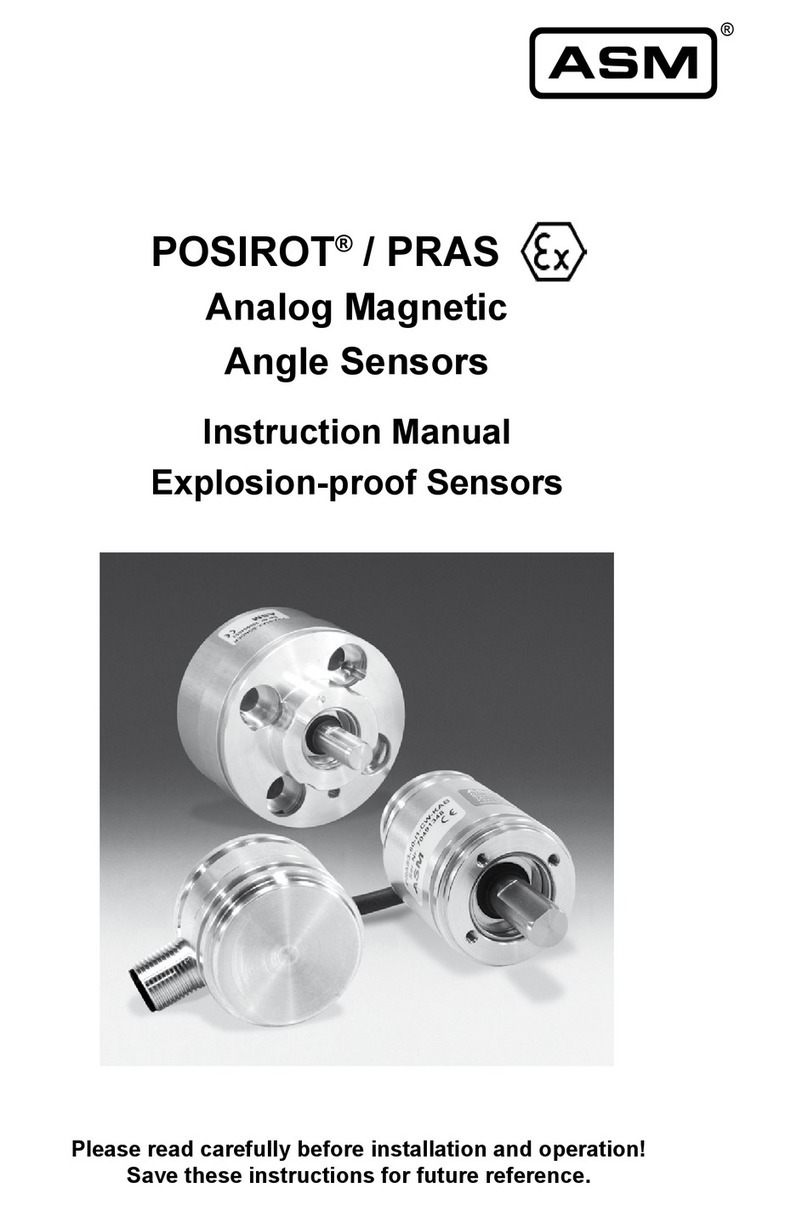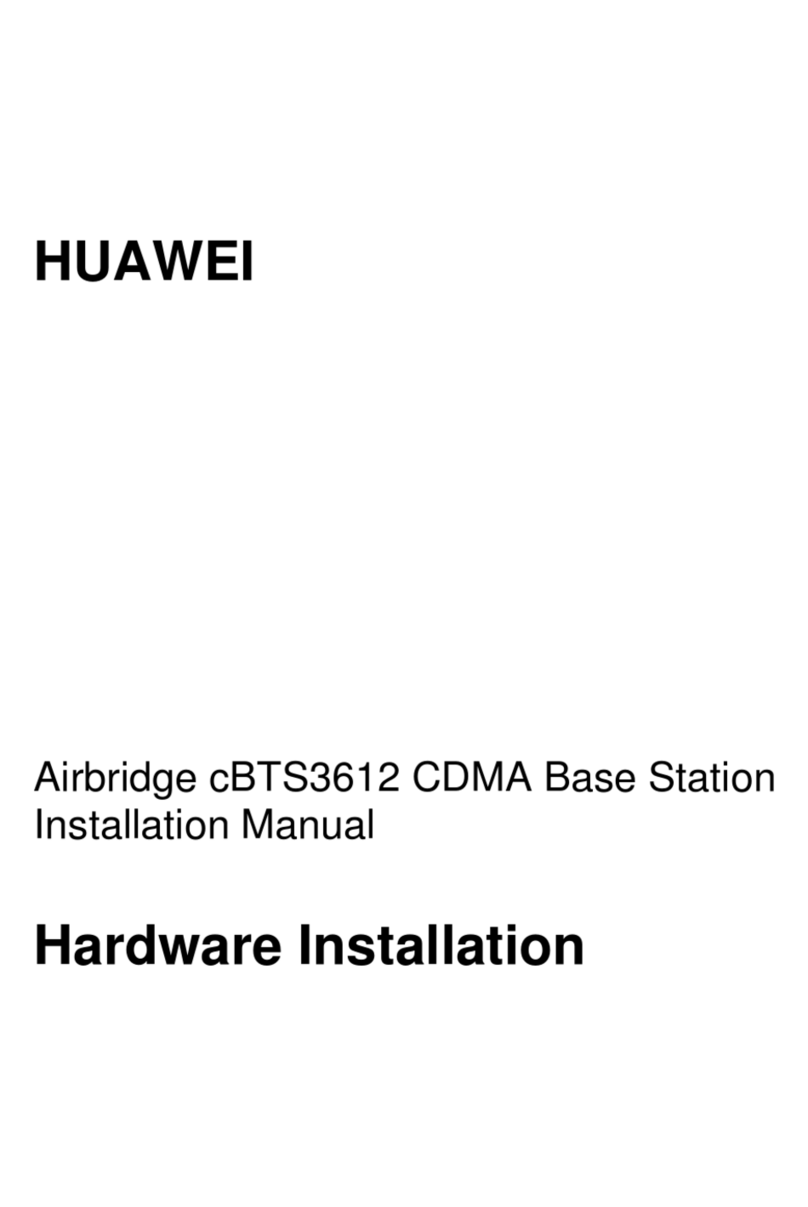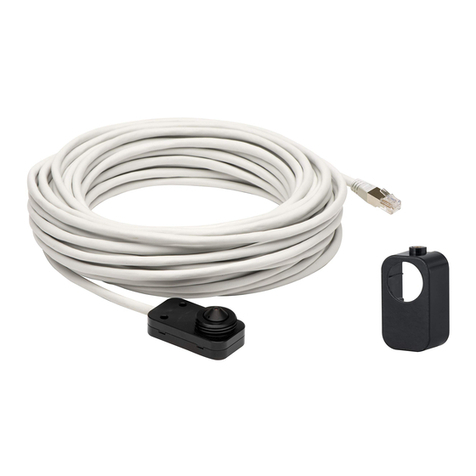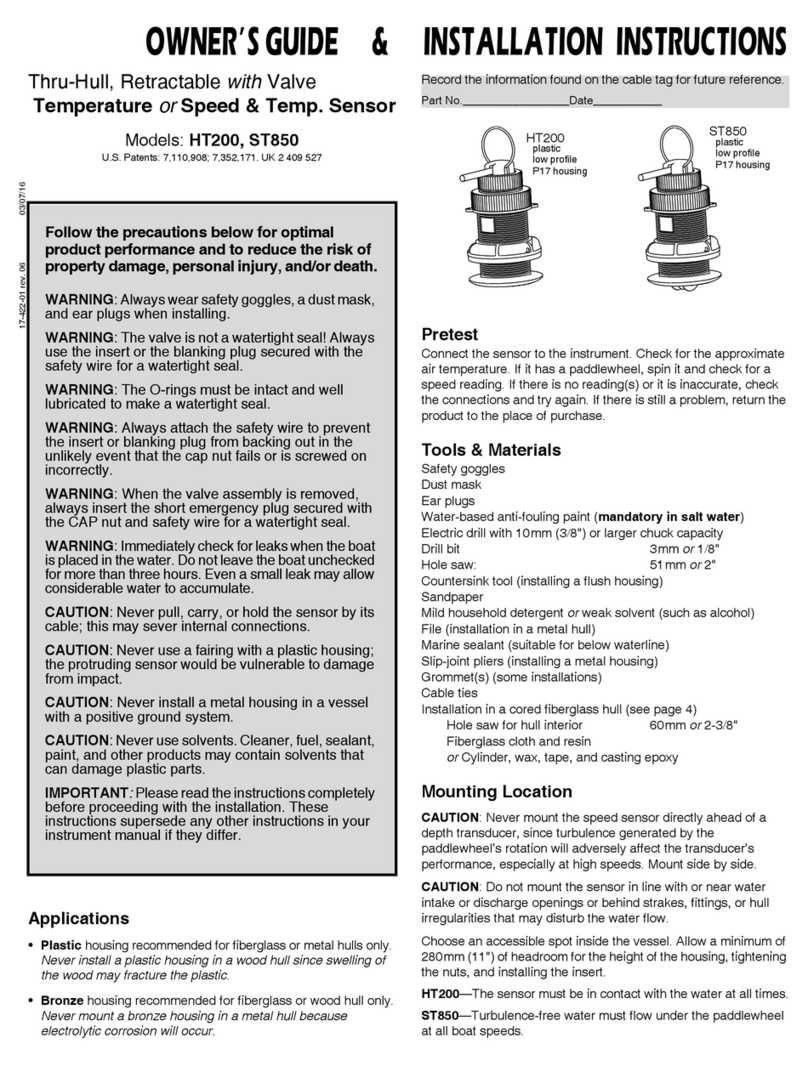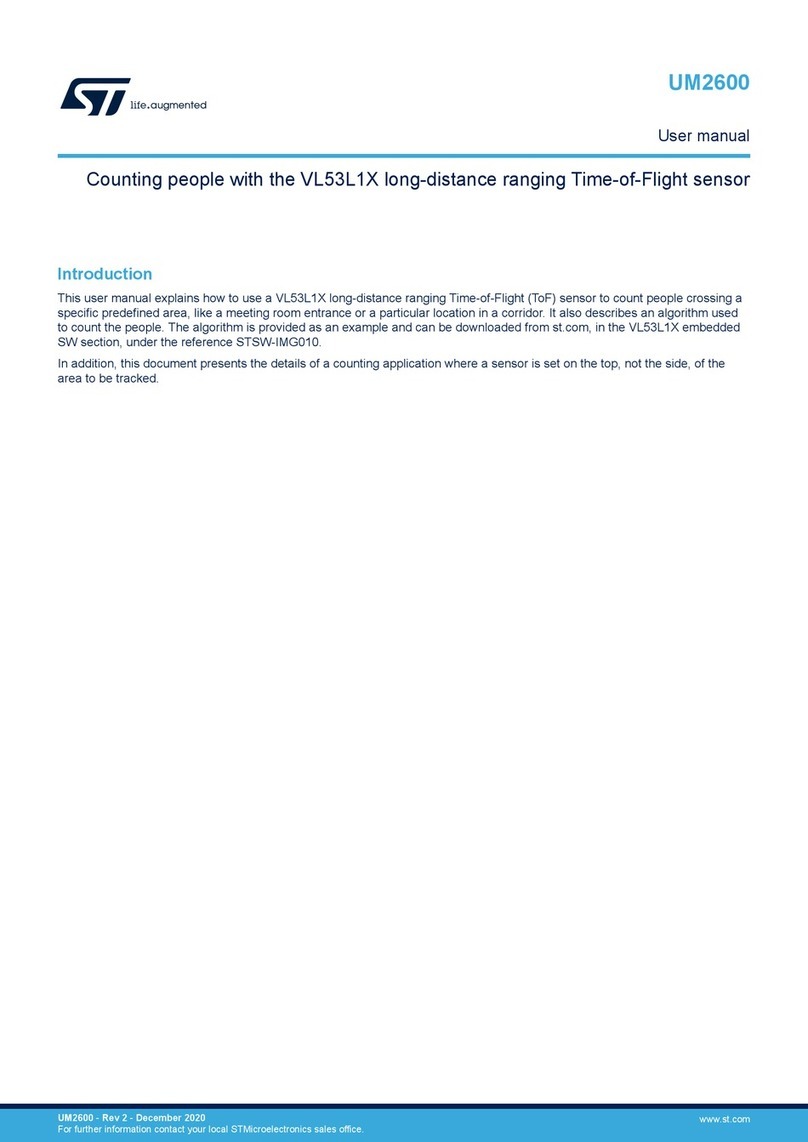Seagull LUDIC User manual

1
Type LUDIC
Assembly and Operating Instructions

2
Find easily your topic of interest
Reception and unpacking..........................................................................................page 2
Assembly..................................................................................................................page 3
Frame assembly....................................................................................................................page 3
Rig assembly.........................................................................................................................page 6
How to carry your LUDIC landyacht...........................................................................page 9
Options.....................................................................................................................page 9
Operation...............................................................................................................page 10
Reception and unpacking
This assembly manual has been set up so
that you can assemble your landyacht
rapidly.
Your LUDIC will be delivered split in three or
two packages, depending on the type of
wheels you ordered: all ground big wheels or
not (picture 1).
If you have received your landyacht by a
carrier, please pay particular attention to the
package when you unpack it. If the package
is damaged and if the deliveryman is still
there, please note a delivery claims on the
shipping documents. If the deliveryman has
already left, please get in touch with us.
Picture 1: view of the packages
containing the LUDIC landyacht.

3
Unpack your landyacht (pictures 2 and 3).
Frame assembly
Remove all the components
from every pocket of the
transport black bag (pictures 4
to 6). Put the spares on the
ground and assemble your
landyacht following the
explanations hereafter.
Picture 2: view of some components that
have been received (rear axles...).
Picture 3: another view of other components
also received (rudder bar, wheel, body...).
Picture 6: view of the front tiller stored
under the front of the body.
Picture 5: part of the rudder bar.
Picture 4: open
each pocket.

4
Firstly, adjust the front tiller to your size: if you are
175 cm tall, we recommend the position #3 (pictures
7 and 8).
Two types of front steering systems are available: A or B (option to be selected when the order is
placed).
Type A: original front steering
Assemble the wheel* on the fork, insert the two black nylon® rollers into each ball-bearing of the wheel
and slide the threaded axle through everything (picture 9). Assemble the mudguard with the 3 alen screws
(picture 10). An alen key is into the transparent little plastic bag, along with some spare parts.
*(select preferably the least inflated of the 3)
Type B: quick encasing front block
In that case, the complete front part will already be assembled. So, you only have to encase the foot-rest
alloy tubes like the handbar of a scooter, and encase the front complete block into the adjustable tiller
(pictures 11).
Picture 8: view from under of the front tiller.
Picture 7: view of the push pin used or the
front tiller adjustment and of the locking screw.
Picture 9: set up of the original front steering.
Picture 10: original front steering,
assembly of the mudguard.

5
Then, insert the tail of the pivot into the tiller and tighten
the upper hand knurl (picture 12).
When equipped with the big wheels, the front fork is a
lateral single arm fork (picture 13).
Mounting the axles and the rear wheels on the axles.
Encase the rear axles into the axles support (picture 14) and tighten them to their support using the black
butterfly nut under the seat (picture 15).
Pictures 11: mounting of the type B steering.
Picture 12: mounting of the tiller.
Picture 13: all ground version, with the big wheel.
Picture 14: mounting a rear axle on the body.
Picture 15: view of the butterfly nut to
tighten for locking the rear axle.

6
Mount the wheels
(picture 16) and
strongly tighten the ball
nuts (picture 17); often
check their tightening.
If you do not want
checking the wheels
tightening on a regular
basis, you can replace
the ball nuts with
nylstop type nuts.
You may have noticed
that the spindle enters
the wheel and go
through a spacer tube
which sits between the
bearings.
To easily encase the
wheel on the spindle:
enter your finger (the
forefinger) in the hole
bearing in order to
better center the space
tube (picture 18).
The assembly of your frame is now completed. See how easy it was!
Rig assembly
Open the sail bag and assemble the mast sections together. You have several mast sections (picture 19, a).
Encase them to each other (picture 19, b). All the sections interlock to each other; you will see that you
cannot be wrong. Between each section of the mast, insert a red plastic strip in order to adjust all the
sections (picture 19, c and d). One of the encasing may be different...
Picture 16: mounting the wheels.
Picture 17: ball nut once tightened.
Picture 18: view of the spacer tube
located between the bearings.
Pictures 19:
view of the
various mast
sections and
assembly of this
mast with the
red strips.
a
d
c
b

7
One of the sections of the
mast (the 30 mm diameter
one) can have a stop ring;
in that case, you don't
need one of these red
plastic adjustment strips
(picture 20).
In order to prevent any
movement of the red
strips, we recommend you
secure them with some
tape (picture 21).
The top part of the mast is
fitted with a screwed ball
in order to support the
webbing of the top of the
sail (picture 22).
Unfold your sail on the ground and insert the mast into
the mast pocket of the sail (picture 23).
Should you have chosen the Dacron® sail with a reef
(sail surface reduction by strong wind) (it is a white non
transparent sail), then when you rig your sail the mast will be
too long, so you will have to form your top webbing. Let
approximately 10 to 15 cm to adjust the top webbing as on
pictures 24.
Picture 20: view of
the 30 mm diameter
mast section and of
its stop ring.
Picture 21: view of
how to hold a red strip
in place using some
black tape.
Picture 22: view of the
top of the mast.
Picture 23:
view of the
rigging of the
sail.
Picture 24: view of
the procedure to
form the top mast
webbing.

8
Then, raise the whole rig
and insert it into its base
support (picture 25).
There are two types for
the shape of the rear of
the sail: either standard
(picture 26, left) or round
(picture 26, right).
Now, you just have to guide the sheet correctly through the pulleys so that you can adjust the tension of
the sail (picture 27).
Picture 25: view
of the landyacht
rigging
operation.
Picture 26: view of the two types for the shape of the
rear of the sail: standard (left) and round (right).
Picture 27: these images show how the sail sheet travels through the pulleys.
Right: detail of the securing of the sheet to the boom rear pulley.

9
As regards the tires pressure, it should be set between 1.2 and 2 bars depending on the ground. On a
steady ground, the pressure is set at 2 bars. On a soft ground, the pressure has to be adjusted lower. One
recommendation: the front wheel pressure should always be lower than the rear wheels pressure, i.e.: 1.5
bars for the rear wheels and 0.8 bar for the front wheel. Caution: the big sand wheels pressure is lower:
±0.6 bar for the rear wheels and: ± 0.4 bar for the front wheel; note that the maximum pressure for these
sand wheels is 1 Bar or 15 PSI.
How to carry your LUDIC landyacht
To travel by plane and load everything into the main bag, get the sail battens out and fold the sail (picture
28), then enter all the mast sections into each other (picture 29).
Options
Back rest
If you don’t have it, don’t worry, you‘ll be able to get it later. However, you’ll have to machine a slit on the
back of the seat (picture 30).
Picture 30: view of the optional back rest and
of the slit in which it is inserted.
Picture 29: view of the mast sections inserted in each other.
Picture 28: landyacht in its transport bag.

10
Rear Mudguards
The picture 31 shows a mudguard
installed at the left rear wheel.
Identification
You may be interested in knowing
that your LUDIC has a serial
number written at its back
(picture 32). Should you need
some information about your
landyacht, then we will be able to
identify it quite easily.
Operation
Hand drag the landyacht
To hand drag your landyacht on
the beach or towards the
practicing location, install a strap
equipped with a hook attached
onto the front as shown on
picture 33.
Guiding the landyacht when starting
Hereafter is presented an easy way to steer your LUDIC like a real competitor. Suppose you want to run
and push your landyacht at the start and jump into it when it starts moving. Then you may find practical
building a steering stick by yourself. For that just consider a simple electric PVC tube and 2 little ropes
about 40 cm long; one rope through the seat to hold the PVC tube, and the second rope into the end of the
tube (locked by a stainless screw). Then drill a hole through the end of your foot bar and enter the rope in
it and tie it behind the body and that’s it (picture 34). When you will pull the PVC tube, the landyacht will
turn left and when you will pull the tube, the landyacht will turn right.
Picture 31: view of
the left rear wheel
equipped with a
mudguard.
Picture 32: view of
the location of the
serial number of
the LUDIC
landyacht.
Photo 33 : view of
the dragging strap.

11
Relief of the sections tightening
When two tubes
sections (either
from the mast or
from the boom)
hardly slide within
each other, one
root cause may be
the red plastic
strip being too
wide (picture 35).
Then it is
recommended to
narrow it by
cutting a third of
it, as shown on
picture 36. Thus,
this narrower strip
should allow a
better matching of
the two sliding
lengths of the
tubes (picture 37).
Picture 34: basic
system to steer the
landyacht when
pushing it.
Picture 36: cutting a third
of the red strip.
Picture 35: the top/right tube
can hardly slide into the
bottom/left tube of the mast.
Picture 37: new
mounting with the
narrower red strip.

12
Regular maintenance
For a private use, we have chosen to stress on the main aspects of the maintenance of your landyacht.
Even if this list seems to be obvious for you, as you may know, a regular maintenance is paramount for a
safe and reliable operation of your landyacht given you may use it mostly on a beach. The following check-
list helps you to keep your landyacht in a good state.
-Check any tightening’s (frame, tiller, axle
support, axles, front fork, spindles, wheels
steering fork...) before each session;
-Only if you hear a noisy ball bearing, check
its lubrication and whether it is needed, add
some grease into it (open the gasket with
the tip of a knife, and press back the gasket
with your inches). Should the bearing still
making noise, then you can change it;
-Wash (with clean water) the landyacht after
each use;
-Regarding stainless steel components, if
you detect incipient rust, it’s not a big deal
as it is well known that in certain
circumstances, such as beach conditions
(mixture of salt and sand), even stainless
steel may experience some minor
corrosion. To clean this rust, use an
abrasive sponge, as this corrosion is only
superficial;
-Check the steering system, if the fork pivot
makes noise, just add a drop of oil ;
-As concerns the mast, check on a regular
basis the red adjustment strips and
reinforcements. Any degraded mast
location should immediately be replaced.
For a smart operation
For an easy start and easy
piloting, using the dogvanes
(also called “telltales”) stuck on
the sail is highly recommended.
Dogvanes are short wool
strands you can see close to the
leading edge of the sail (picture
38). The air flow is laminar
when the dogvanes are
horizontal. You need to focus
first on the extrados dogvane, I
mean the one behind the sail,
the one you can see through
the sail.
Dogvane
Dogvane
Picture 38: view of
the dogvanes (wool
strands) stuck on
the sail.

13
Reminder: foremost, you
need to set the extrados
dogvane to horizontal. This
will tell you the power
required to start is there, in
your sail (picture 39).
Let the landyacht start, then when you move at a minimum speed of about 10 to 15 km/h, you can start
hauling the sail taut. The landyacht speeds up and you can keep hauling the sheet taut, until the intrados
dogvane gets horizontal too. Watch out: do not haul the sail sheet too quickly. If you do so, you may
disturb the laminar air flow along the sail and the landyacht will eventually fail starting (or if you already
are moving, the wind can “stall”, I mean the sail loses its laminar air flow and the landyacht slows down or
eventually stops).
Do not forget that the extrados is twice more important than the intrados as it contributes to about two
thirds to the landyacht power. Thus keep thinking easing the sail sheet enough in order to at first thing,
stabilize horizontally the extrados dogvane.
When riding, if you notice the extrados dogvane is shaking randomly, this means the air flow is turbulent
and that the sail is too flat. When this happens, check free the sail sheet to get the power back, to help
catching the draught; you can even head on to the wind (get closer to the wind direction) a little in order to
recover a laminar air flow. As soon as the extrados dogvane is back to the horizontal position, the power is
back and you can ride back to your original direction (picture 40).
Picture 40: back to the right direction of the landyacht when the extrados dogvane is shaking randomly and is not
horizontal.
Wind
The extrados
dogvane is horizontal
and straight
The extrados
dogvane is away
from the sail
The extrados dogvane is shaking randomly
Wind
Intrados
Extrados
Dogvane correctly
set: horizontal and
straight
Picture 39: perfect
setting of the
extrados dogvane.

14
Why a landyacht does not perform
well in rear wind? When the wind
blows from rear, whatever the sail
direction, perpendicularly or axially
oriented, the landyacht speed is
low or even zero. On one hand, if
the landyacht moves, then the
apparent wind is low, and on
another hand, the airflow is
turbulent, thus not power efficient.
If you have a look to the dogvanes,
they move randomly, especially the
extrados one, which means the
power drops or is not optimum
(picture 41). In such a situation,
change the landyacht direction in order to catch the wind from the side and release the sail sheet, these
two combined actions will allow the power to return as soon as the extrados dogvane will be back to
horizontal.
Should you have to ride downwind, I mean towards a location forcing you to move with the wind blowing
from your back, then tacking like a sail boat is more efficient, in a same way you would do if you had to
progress up-wind, but having a downwind instead of a head wind. However, you will have to bring the
landyacht by the lee each time you will have to change direction (picture 42).
If you tack downwind and your speed is too low, pay attention to the boom as it may hurt your head at
each direction change. If your speed is good, then the boom will cross slowly above your head given you
should ride faster than the wind (see hereafter supplemental theoretical information to understand why).
Picture 42: sketch illustrating a downwind ride with multiple downwind turns.
Wind
Extrados
dogvane
Dogvanes
Picture 41: view of the dogvanes when the wind blows from the rear.
Turning downwind
Wind
Turning downwind
Turning downwind

15
Let’s consider now that you would like to progress against the wind. To ride in the wind direction, that is to
say towards a location forcing you to move headwind, you will have to tack (to progress with turns close to
the wind direction). As shown on picture 43, you will make headwind turns. In order not to slow down too
much when you are oriented right in the wind direction, turn quickly and without easing the sail sheet,
release the sheet just a little bit once the sail has caught the wind on the other side in order to regain some
power just after the turn is completed.
Picture 43: sketch illustrating a landyacht tacking headwind.
Now, let’s consider what is hidden behind the words “apparent wind”. The apparent wind is the wind the
landyacht driver is feeling. This wind results from the combination of the true wind (the one you feel when
the landyacht is stoppped) with the wind generated by the landyacht speed. Thus, if the landyacht speed is
very high, the wind felt on the landyacht will appear as blowing almost from the front, close to the
landyacht direction. You have a similar feeling when you drive at 130 km/h on the highway and you put
one hand out of the car: should a moderate cross wind blows, you will nevertheless feel a wind blowing
from the front of the car, even if you see the trees leaning perpendicularly to the highway due to the true
wind.
For those of you familiar with vectors, the picture 44 explains why the combination of the true wind with
the wind generated by the speed, results in an apparent wind closer to the landyacht direction than the
true wind direction. With this sketch, one will easily understand that the higher the landyacht speed, the
higher the wind it generates, and the closer to the landyacht direction the apparent wind is. One
straightforward consequence of this is that for a given true wind, the higher the landyacht speed, the more
you will have to haul the sail sheet taut to bring the sail closer to the landyacht axis.
Wind
Headwind turn
Headwind turn
Headwind turn

16
Picture 44: definition of the apparent wind as a combination of the true wind and the speed generated wind.
And that’s it for the driving lesson, if you implement these rules, you will be a smart pilot...
We wish you a lot of fun.
As we are concerned about the quality of our products, we are always more than happy collecting your
vision of the landyacht and landyacht equipment’s evolutions in order to provide you with the latest
technical developments of our products.
Should you have any technical question or request about spare parts, please feel free to get in touch
with:
Chars à Voile SEAGULL, Statue de la Liberté, 56880 PLOEREN (FRANCE).
Phone: 33 297 400 600
Website: www.seagull.fr
Speed generated wind (high speed)
True wind
Apparent wind
(landyacht
speed high)
Speed generated wind (low speed)
Apparent wind
(landyacht
speed low)
Other manuals for LUDIC
1
Table of contents
Popular Accessories manuals by other brands
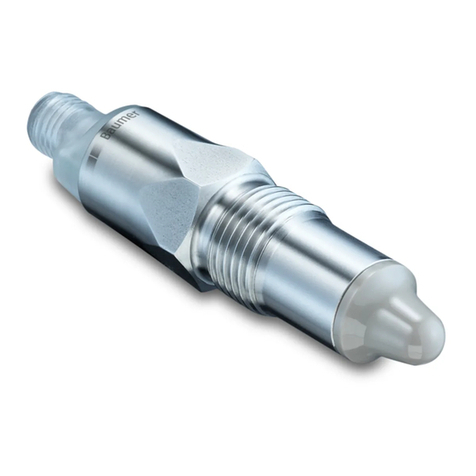
Baumer
Baumer CleverLevel PL20H operating instructions
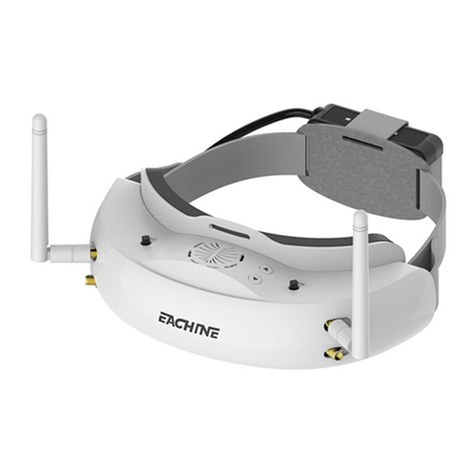
Eachine
Eachine EV200D user manual
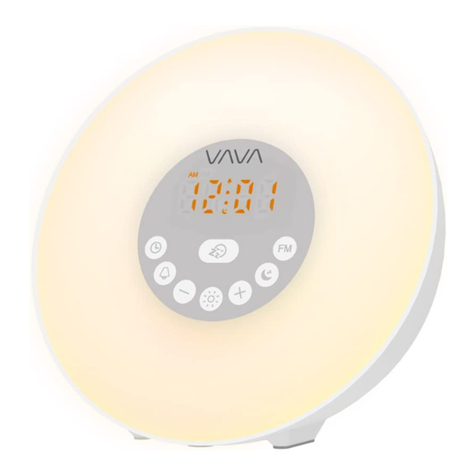
Vava
Vava VA-CL001 user guide
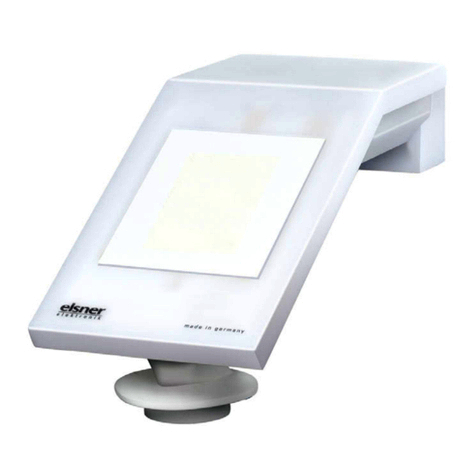
elsner elektronik
elsner elektronik P04i-W Technical specifications and installation instructions
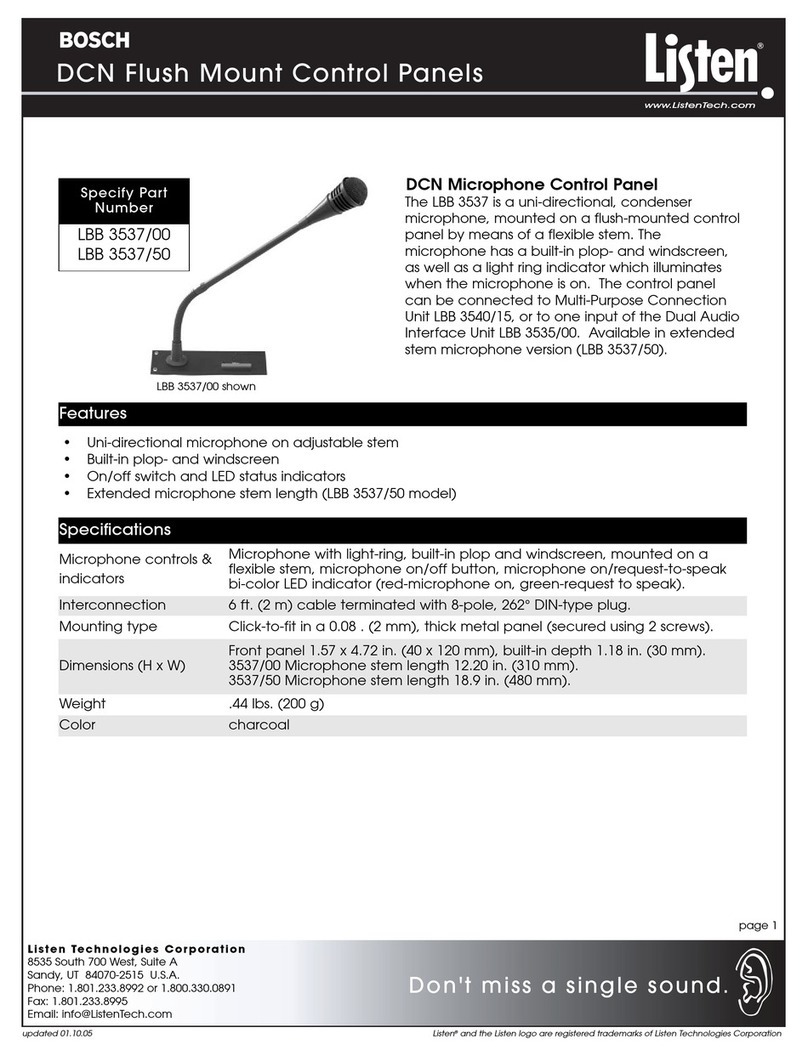
Listen Technologies
Listen Technologies LBB 3527/00 Specification sheet
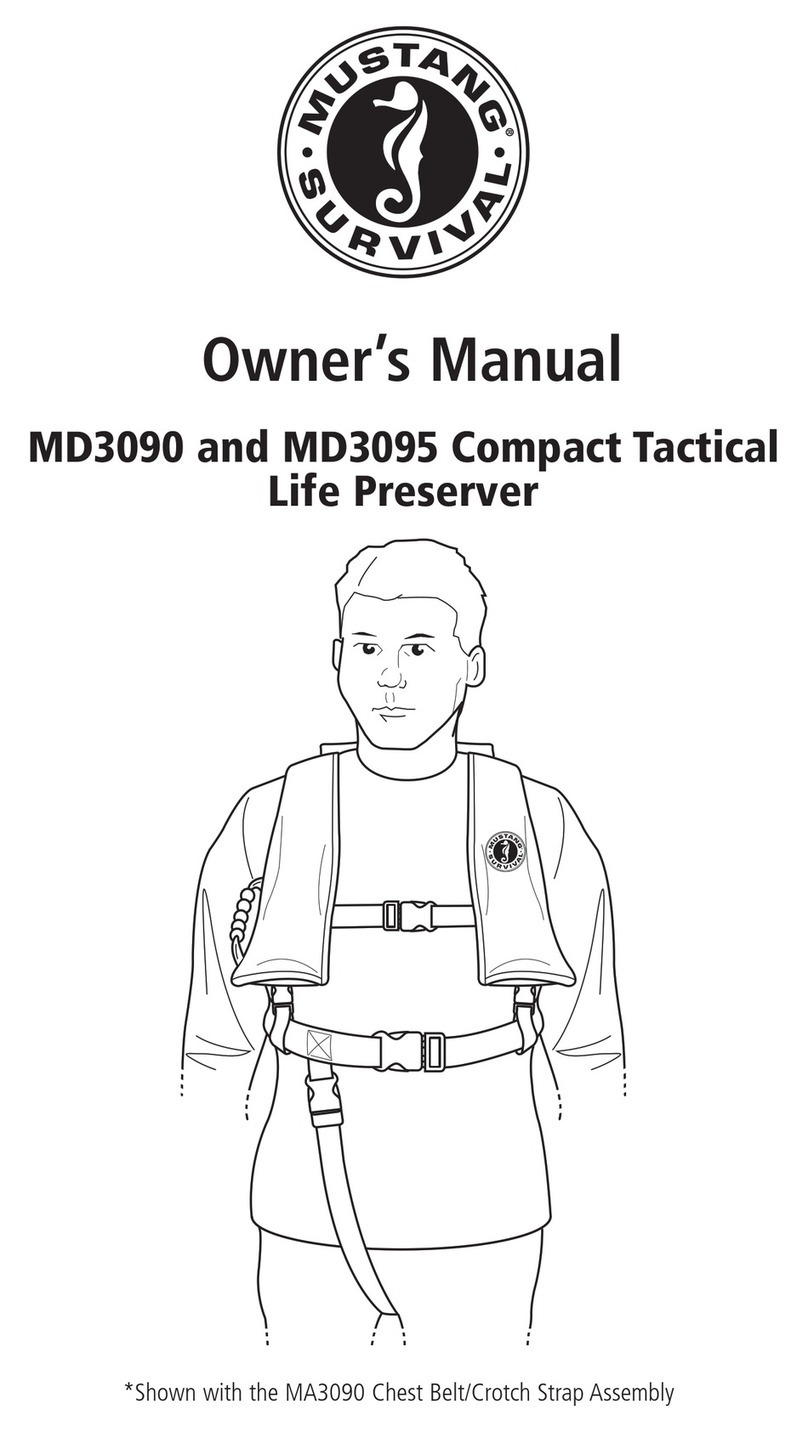
Mustang Survival
Mustang Survival MD3090 owner's manual
